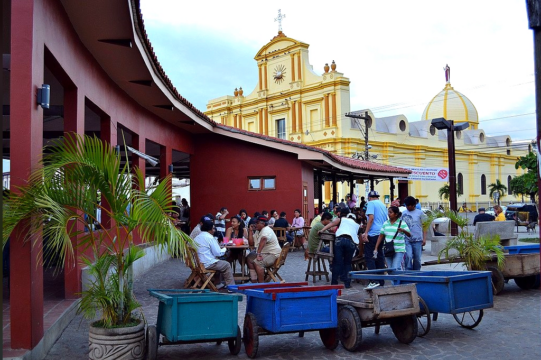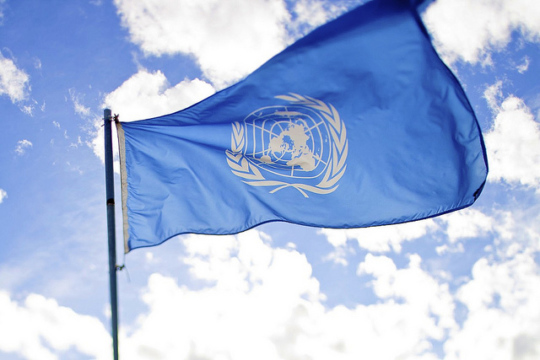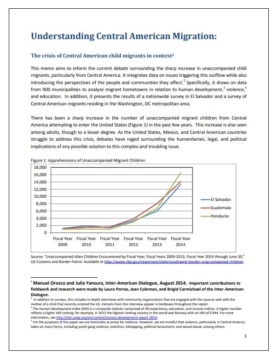
How Would Harris Shape U.S.-Latin America Relations?
A Latin America Advisor Q&A featuring experts’ views on what a Kamala Harris presidency would mean for Latin America.
A Latin America Advisor Q&A featuring experts’ views on what a Kamala Harris presidency would mean for Latin America.
The following presentation by Manuel Orozco, director of the Migration, Remittances, and Development program, identifies ten key facts that are important to understand the current debate over immigration to the US.
This report offers a look at the current migration trends and points to large differences that characterize this situation as a crisis: the scale, composition, nature, and management of migration is outside conventional or historical patterns.
El 28 de abril, Manuel Orozco, director del Programa de Migración, Remesas y Desarrollo del Diálogo Interamericano conversó con CNN sobre los flujos actuales de migración en la región y la política migratoria de los EEUU frente a ellos.
The following is a presentation from the Migration, Remittances, and Development Program that provides a robust overview of Nicaraguan migration in recent years, its drivers, and its impacts.
Migrants’ economic contributions can be successfully leveraged for development if policies consider them in relation to drivers of migration and development challenges.
There has been a sharp increase in the number of unaccompanied migrant children from Central America attempting to enter the United States in the past few years. This increase is also seen among adults, though to a lesser degree. As the United States, Mexico, and Central American countries struggle to address this crisis, debates have raged surrounding the humanitarian, legal, and political implications of any possible solution to this complex and troubling issue. This memo aims to inform the current debate by integrating data on issues triggering this outflow while also introducing the perspectives of the people and communities they affect. Specifically, it draws on data from 900 municipalities to analyze migrant hometowns in relation to human development,violence, and education.In addition, it presents the results of a nationwide survey in El Salvador and a survey of Central American migrants residing in the Washington, DC metropolitan area.

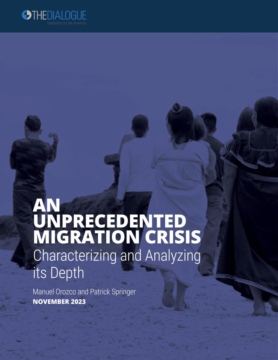
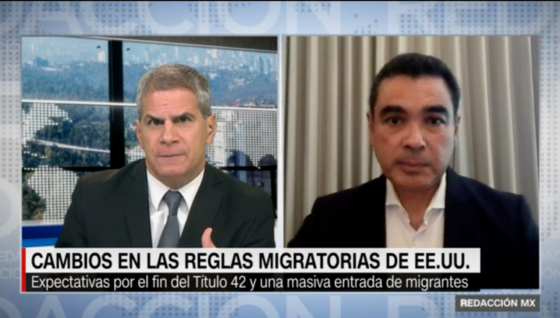 Video
Video
